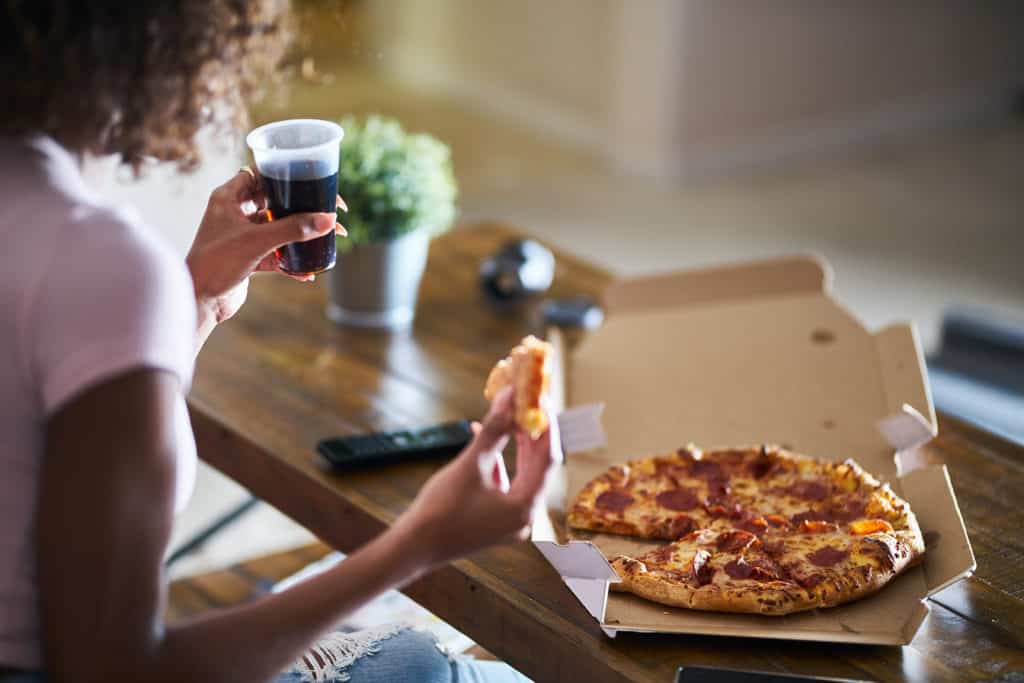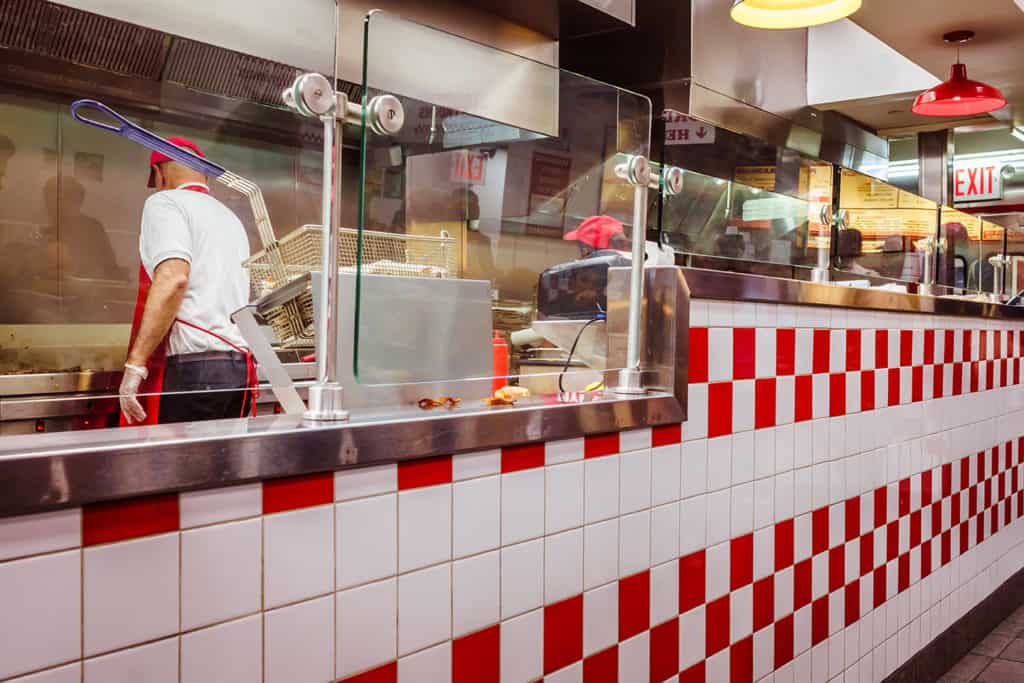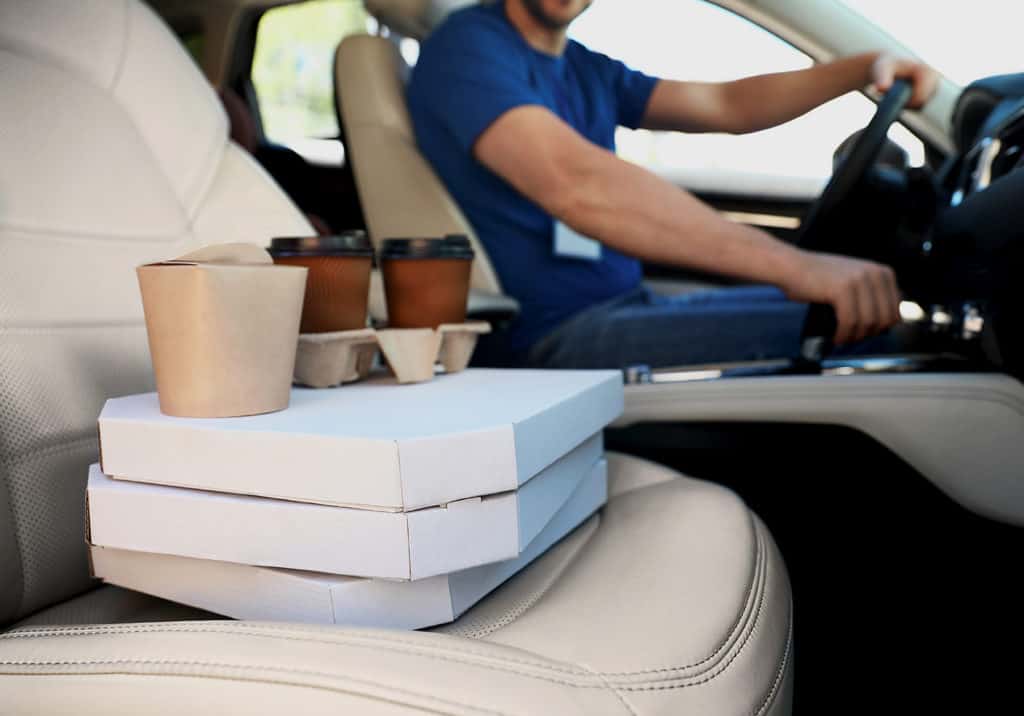It’s never been easier for us humans to find food. Because Internet, a few easy clicks on an iPhone via an online food ordering app can now produce a fully prepared meal that is delivered to the front door within 30-50 minutes.
The Internet Makes It Possible

Online food ordering apps like UberEATS, GrubHub, and Postmates allow many people to connect with endless restaurant options of any cuisine, and without having to leave their sofas. Having all those options means that your stores need to be prepared for incoming orders with a ready staff, good processes, and a reliable, maybe even redundant, Internet connection. If any of those factors fail, then the customer sitting at home can just move on to his next choice in dining.
If you are considering an online ordering system for your restaurants, or if you already have such a food delivery system in place, there are a few things that you should be prepared to experience — both good and not so good.
Growth Opportunity
Because online ordering is a simple and convenient way to purchase a quick meal, multi-restaurant delivery apps have quickly become popular with people across all generations and income levels. Investment banks project usage of these apps to increase 20% annually for at least the next decade.
So, what does this mean for you? For starters, it’s an opportunity to market your restaurants to a wide audience while attracting new customers. Many restaurants report monthly take-out revenue grow an average of 30% over the first year.
You now have hundreds of chances each day to introduce your menu to people who may have never considered your restaurants before. When your business is listed on a widely used app, now you’re out in front of a steady stream of new sets of hungry eyes.
As for your more loyal guests, online ordering gives you the opportunity to upsell. Browsing a food delivery app at home gives customers more time to study all your menu options and not having to interact with other humans frees them to order exactly what they want without feeling judged or pressured.
Growing your customer base via an online ordering platform not only broadens your audience to app users, but could translate to more word-of-mouth marketing, more-foot traffic in your locations, and higher overall tickets.
More Can Mean Less
Providing your customers with online food ordering and delivery options probably seems like a necessity at this point. You may even feel like you’re missing out if you don’t do it. In fact, Morgan Stanley analysts say that delivery could eventually top 40% of all restaurant sales.

Of course, none of the convenience and exposure that multi-restaurant online ordering platforms can give will come without costs. Food delivery apps like DoorDash, Amazon Delivery, and Seamless can end up taking 20-40% commission on what you bring in with those deliveries. That can really cut into your margins!
As a result of these fees, one operator told the New Yorker, “I think we are losing money on delivery orders, or, best-case scenario, breaking even.” The more your restaurant comes to rely on third-party delivery services, less-and-less of the profit belongs to you.
But you don’t necessarily have to give-up those precious margins to third-party online food ordering apps like Delivery.com, Eat24, or ezCater. While there certainly are businesses who’ve gone “all-in” on several meal delivery services– keeping multiple iPads in each store (one for each delivery app)– savvy restaurateurs and franchisors are indeed getting ahead of the game by implementing proprietary online ordering systems.
Outsourcing the Customer Experience
High commissions and thinner profit margins aren’t the only drawbacks of online ordering systems. Many restaurants have also experienced loss of control when it comes to branding and their customer’s experience.

Scroll through any of the apps we’ve mentioned in this article. There’s not much that differentiates one restaurant from another, is there? Most platforms do not allow operators to add logos or custom photography. The field is visually leveled in the eyes of the customer, for better or worse!
Letting a third-party online food ordering app take over your meal deliveries can taking a load of worry off your plate. For instance, you won’t have to hire drivers, pay for gas and insurance, nor maintain vehicles. However, it also opens up variables outside of your control like how quickly the food gets to the customer, how the food was handled en route, politeness of the driver, ect.. Certainly, some operators find the customer experience much too important to their brand to hand over product delivery to an unknown.
Getting Creative
There are many different way to handle online ordering, whether it’s through a multi-restaurant platform or a service offered on your own website and app. You can open a stand-alone kitchen to handle only phone and Internet orders or streamline your existing operations and shore up in-store technology to handle more tickets. If anything is for certain, it’s that online ordering is here and growing for the foreseeable future.
